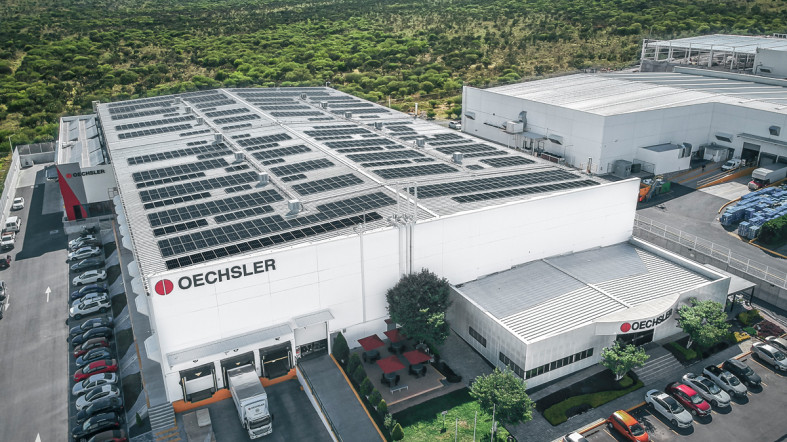9. Common strategies for energy efficiency project implementation (WE’VE GOT YOUR BACK)
In recent years, I have noticed common strategies that enabled our customers implementing energy saving projects.
While small projects, such as replacing lighting with LEDs, do not need special processes, there are some similarities when implementing complex zero-emission strategies.

Below are some of them:
- Management support and sponsorship
- Data gathering
- Identification of energy consumption and action plan
- Involvement of all departments
- Success communication
- Training

Management support and sponsorship - our clients who implemented comprehensive energy optimization projects usually gained management support and appointed a single person responsible for achieving the goals.
Data gathering - many of those who achieved the established goals started with an analysis of energy consumption and management in their facilities. As a result, they were able to apply the most effective cost optimization strategies. The best results were achieved by data driven projects identification.
Identification of energy consumption and action plan - companies wishing to maximize the benefits of energy optimization had to properly identify (a) large potential savings (b) quick paybacks. Then, through analysis, prepared an action plan for short, medium, and long-term projects to achieve their goals. Such plans were usually divided according to the profit value and ROI and budgeted over time.
Involvement of all departments - a common strategy was that people responsible for implementation of the energy optimization projects have decided to use the support of all company departments. With the joint efforts and commitment of all employees, energy saving projects were implemented, including small employee initiatives.
Success communication - in many cases, partners have benefited from showing to both internal and external stakeholders how their energy saving policies bring value to the company. They demonstrated their accomplished goals and showed what impact it has on the company's sustainable development goals. One of the key elements of it was to reward people and teams responsible for the results, communicate their success through newsletters.
Training - often, partners who achieved their goals decided to encourage all employees to participate in various types of training to increase their awareness of energy efficiency. Thanks to the gained knowledge, employees were able to identify situations that generates energy waste.



